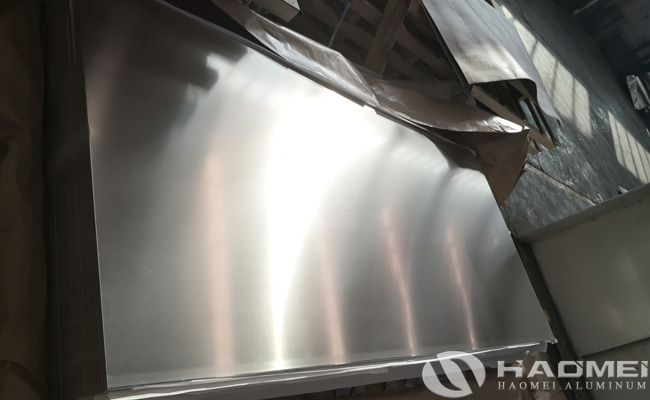Properties of 6061 sheet aluminum
6061 sheet aluminum is an extremely extensive metal material in modern industry. It is mainly used in aerospace, transportation, building decoration, packaging containers, machinery and electrical appliances, electronic communications, petrochemicals, energy and power, culture, sports, and health industries. It has become an important foundation for national economic development. material.

There are many characteristics of 6061 sheet aluminum:
1, Machinability
Aluminum sheet 6061 has excellent machinability. However, in various deformed aluminum alloys and in the various states that these alloys have after being produced, the machining characteristics change considerably, which requires the use of special machine tools or technologies in the machining process.
2, Chemical milling
Removal of metal by chemical etching in alkaline solution or acid solution is a conventional specialized thickness reduction operation. The application of this method can uniformly remove the metal on the complex and large surface area, and it is very economical. This process is widely used to etch prefabricated parts used in aerospace to obtain the maximum strength/mass ratio. The integrally reinforced aluminum wings and fuselage parts need to be chemically milled to produce the best cross-section and minimum skin thickness. Aluminum stringers, longitudinal beams, floor beams and frames for construction projects are also commonly prepared by this method.
3, Formability
This is one of the more important characteristics of many 6061 aluminum sheet. The specific tensile strength, yield strength, ductility and corresponding work hardening rate dominate the change in allowable deformation. The rated values of the formability of the commercially available wrought aluminum alloy in different states depend on the forming process. These rated values can only serve as a rough guide in the qualitative comparison of metal processing characteristics, that is, they cannot be used quantitatively as forming the limit of sex. The choice of state depends on the degree and nature of the forming operation. For depths like deep drawing, roll forming, or small radius bending.
4, Malleability
6061 sheet aluminum can be forged into complex shapes and a wide variety of forgings. They have a wide selection of forging design standards for the final part (based on the intended use). Deformed aluminum alloy forgings, especially forgings produced by closed molds, can usually be made into a more precise final shape than hot forged carbon steel and/or alloy steel. For an aluminum plate with a given forging shape, the forging temperature can vary greatly, which mainly depends on the chemical composition of the forged alloy, the forging process used, the forging strain rate, the type of forging processed, the lubrication conditions and the forging And forging die temperature.
For Price Plz Contact Whatsapp/Wechat: 0086 181 3788 9531
Or Email to nydia@aluminium24.eu
评论
发表评论